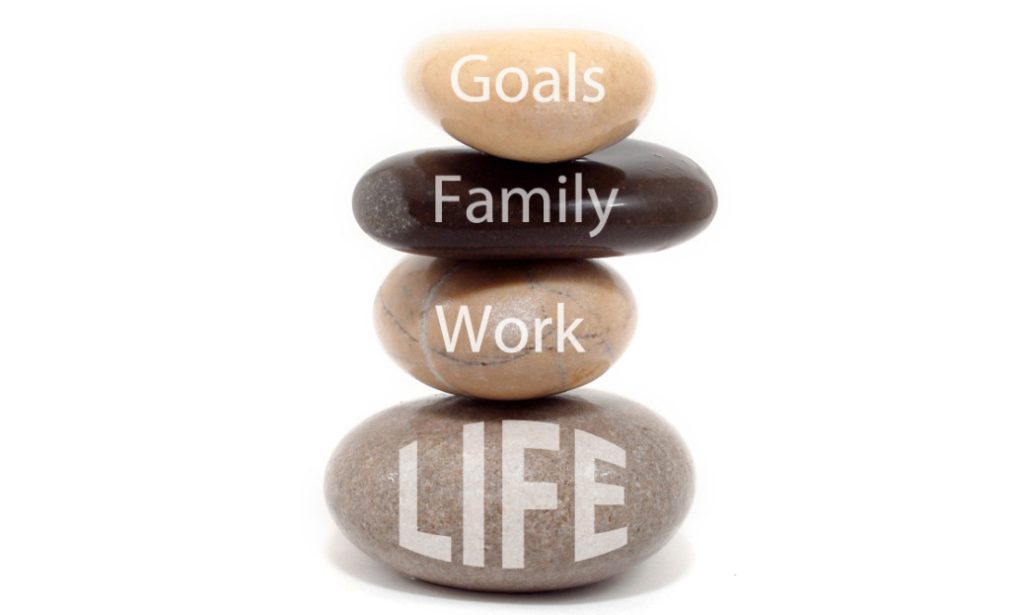Balance is a concept that is often discussed, but what does it really look like in our lives? Many people strive to achieve balance in various aspects of their lives such as work, relationships, hobbies, and self-care. However, balance can mean different things to different people and can look different for everyone.
So, what does balance really look like? Balance can be seen as finding harmony and equilibrium in all areas of life, ensuring that no single aspect dominates our time and energy. It involves allocating our resources – time, focus, and energy – in a way that satisfies our needs and desires in various areas of life.
One of the key components of balance is setting priorities. This involves identifying what is most important to us and allocating time and energy accordingly. For example, if family is a top priority, then making sure to spend quality time with loved ones regularly is essential for achieving balance. If work is a priority, then ensuring that work commitments are met while also making time for rest and relaxation is important.
Balancing work and personal life is a common struggle for many individuals. In today’s fast-paced world where technology allows us to be constantly connected, it can be challenging to switch off from work and focus on personal time. Achieving work-life balance requires clear boundaries and the ability to prioritize tasks effectively. This may involve setting specific work hours, scheduling personal time, and learning to say no to excessive work demands.
Another aspect of balance is self-care. Taking care of oneself is essential for overall well-being and happiness. This can involve activities such as exercise, meditation, hobbies, and spending time with loved ones. Self-care is not a luxury but a necessity for maintaining balance and avoiding burnout. By prioritizing self-care, we can recharge our batteries and maintain a healthy balance between work and personal life.
Relationships also play a significant role in achieving balance. Nurturing relationships with friends and family members can provide emotional support and fulfillment. Spending time with loved ones, sharing experiences, and creating memories can bring joy and happiness to our lives. Building strong connections with others is essential for a well-rounded and balanced life.
Another important aspect of balance is pursuing passions and hobbies. Engaging in activities that bring us joy and fulfillment can contribute to a well-balanced life. Whether it’s painting, playing music, gardening, or writing, pursuing hobbies allows us to express creativity, reduce stress, and cultivate a sense of purpose. Making time for hobbies and interests is crucial for achieving balance in life.
Moreover, balance also involves setting boundaries and learning to say no. It’s essential to prioritize our well-being and mental health by setting limits on commitments and obligations. Saying no to excessive demands and focusing on what truly matters to us can help us maintain balance and avoid feeling overwhelmed and stressed. Learning to prioritize our needs and values is crucial for achieving a sense of balance in our lives.
In conclusion, balance is a dynamic and ever-changing concept that looks different for everyone. It involves finding harmony and equilibrium in all areas of life, prioritizing what is important, and nurturing relationships, self-care, and passions. Achieving balance requires setting boundaries, learning to say no, and prioritizing our well-being and mental health. By striving for balance in our lives, we can lead a more fulfilling, harmonious, and purposeful life.

